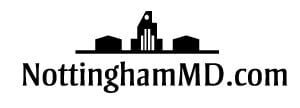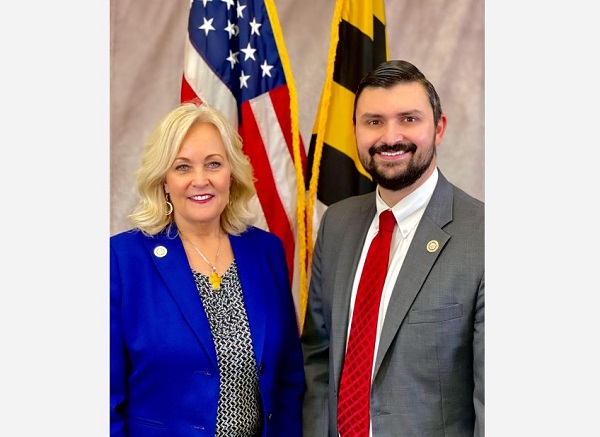The following is an op-ed piece from Delegates Kathy Szeliga and Ryan Nawrocki.
The issue of tax credits for education scholarships has been debated in the State House Chambers since at least 2006. The proposals have had various names, Broadening Opportunity for All Students and Teachers, Maryland Education Credit, Broadening Options and Opportunities for Students Today (BOOST), and more. None of the bills introduced to create a program in the statute have been successful. In 2016, language was placed in the budget bill authorizing $5 million for the program. It has been included in each budget bill since.
Many students have benefited from the BOOST program. Since the 2016-2017 school year when the program was made available, a total of $12,644,833 has been awarded to students living in Baltimore County. Those dollars typically increase every school year, as to be expected, since interest in the program continues to rise across the state. The BOOST program’s overall findings show that the recipient’s average household income is approximately $35,488 and 100% of the students are eligible for FARMs (Free and Reduced Meals). Certainly, these families could not afford a non-public school education without these scholarships. Recipients across the state are very diverse with 56% of students identifying as BIPOC and 1,030 being English-language learners.
In District 7, many non-public schools educate students receiving BOOST funds. Schools like St. John the Evangelist in Hydes, St. Stephen in Kingsville, and Trinity Lutheran in Joppatowne are educating low-income children who would not be able to afford the tuition without this support. Just this school year, 14 students are receiving $49,500 from the BOOST program to be able to attend these schools in District 7.
Republican lawmakers have tried to preserve BOOST funding through the Right to Learn Act which has not even made its way out of committee. The bill would require each county board of education to notify the parents or guardians of students in a failing school that the school is failing and provide a list of options, including information about the BOOST program. Also, last week on the House floor there were attempts to amend the state budget to preserve this important scholarship program. The efforts were met with a stonewall.
The arguments against the BOOST program were that non-public schools cannot accommodate every child that applies, casting an exclusionary tone. This is an ironic argument because, under federal law, students with special needs who the public schools cannot accommodate are put in “non-public placement” at a special education private school. The state budget includes over $145 million for these purposes this year. The opposition remarked that the school could simply approach its donor base to collect its own scholarships to make up for the loss of BOOST. Do you think in this economy that fundraising is on an increasing trajectory? It is not. Most private schools, which are non-profit entities, are very close to breaking even yearly and have very little tuition assistance to provide relative to need. Additionally, to say that the state does not wish to support private entities is simply untrue with millions of dollars being spent annually to support private higher education institutions and daycares as examples. Finally, the last attempt on the floor was to claim that there was an 11-point difference between the BOOST students’ test scores and other students. The lawmaker implied that the public schools would provide better results. This is simply untrue.
Naturally, the BOOST students will begin with lower test score results as they catch up to their peers, particularly, after transferring from a formerly failing public school. They also often face adverse and unsupportive circumstances in their upbringing, according to many who testify in Annapolis in support of their scholarships. Using this argument only proves the point that students coming from public schools start at a lower academic level and need better education. Sometimes transferring to this new environment is the only pathway to their success. A better comparison is between BOOST students and those of their public school counterparts, wherein BOOST recipients exceed in academic proficiency by leaps and bounds.
At a time when test scores have dropped significantly and high school graduation rates are plummeting in public schools, the last thing that’s needed is to cut school choice. Parents are looking for a quality education for their kids trapped in failing schools. We are also concerned about future years as the expansive and expensive Blueprint for Maryland’s Future education budget is facing an enormous deficit. Under the current spending formula, unless taxes are increased or spending reduced, there will be a $1 billion deficit in just four years and a $3.8 BILLION deficit by the fiscal year 2028.
The BOOST program provides students an opportunity to receive a first-rate education at a financial advantage to the county. For example, taxpayers provide $21,000 per student to attend Baltimore County Public Schools compared to the average $3,106 BOOST scholarship per student. Ultimately, this school choice program saves taxpayers money!


